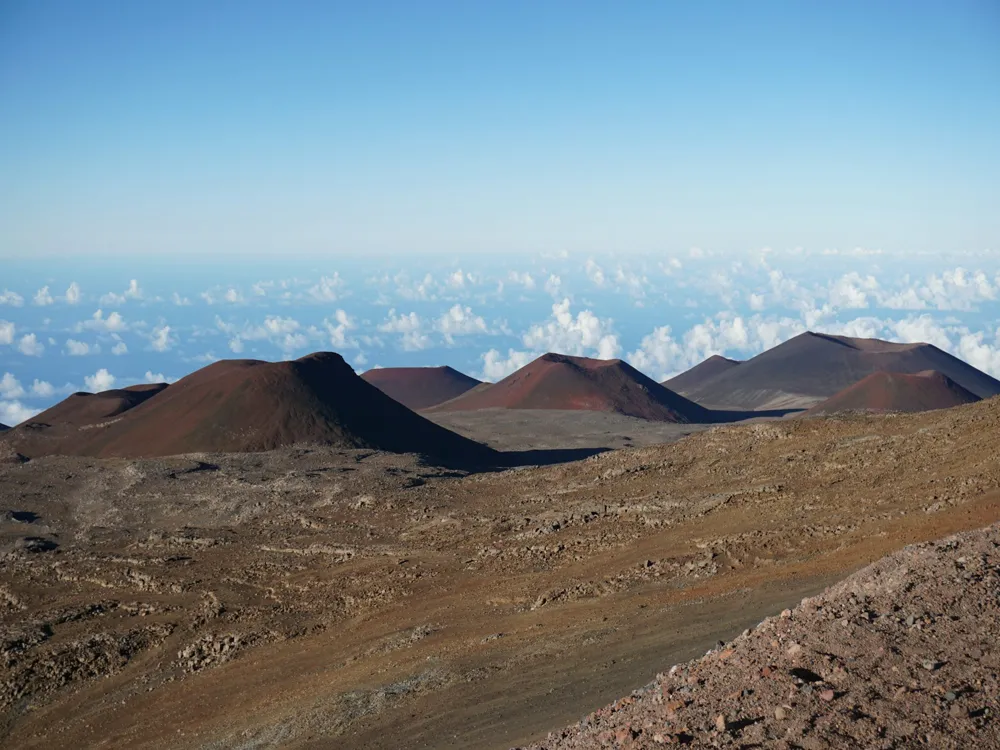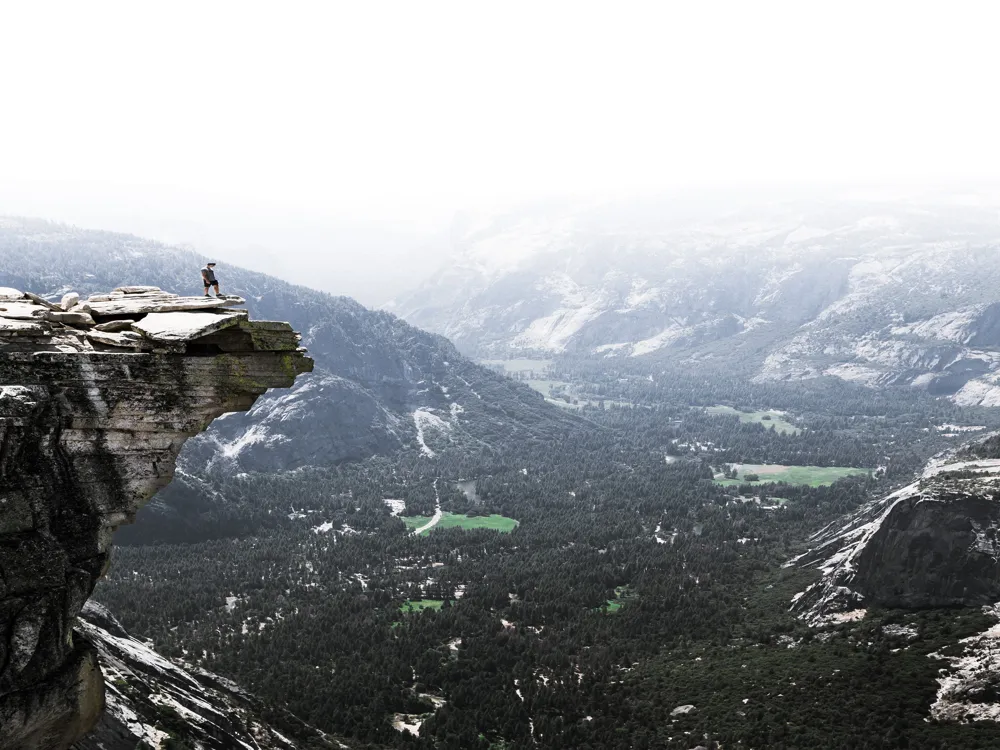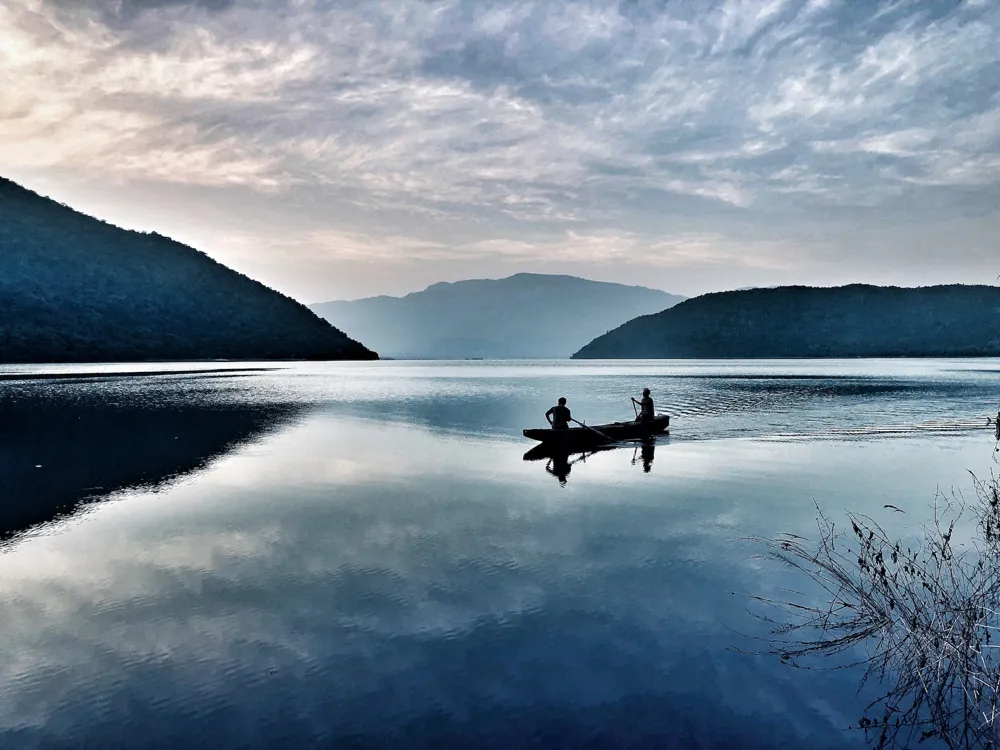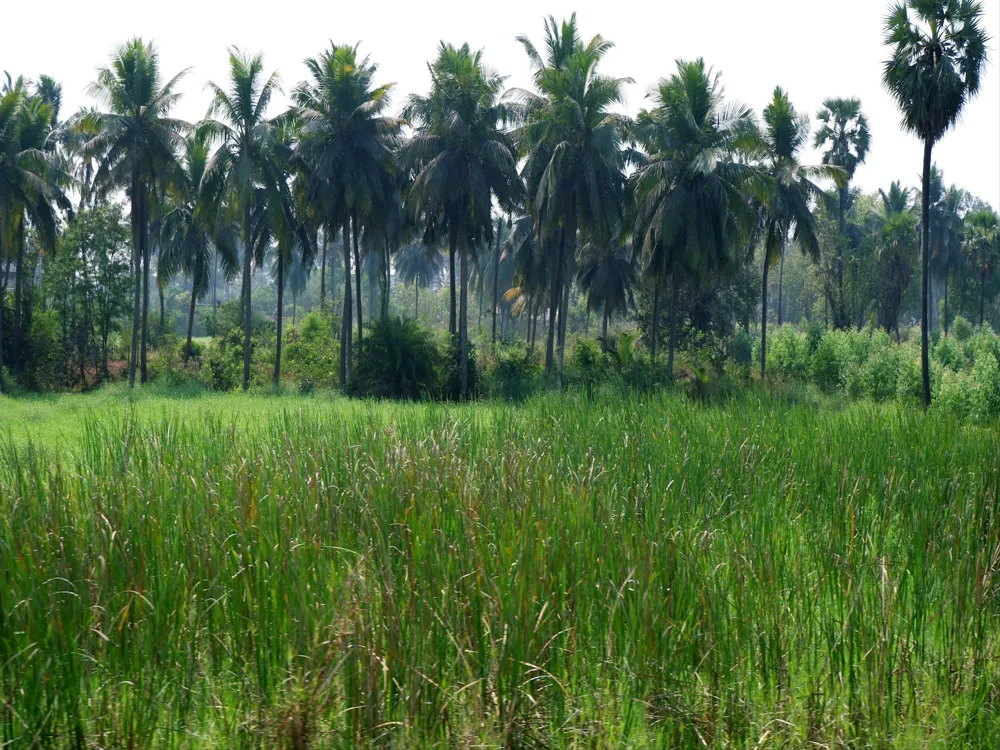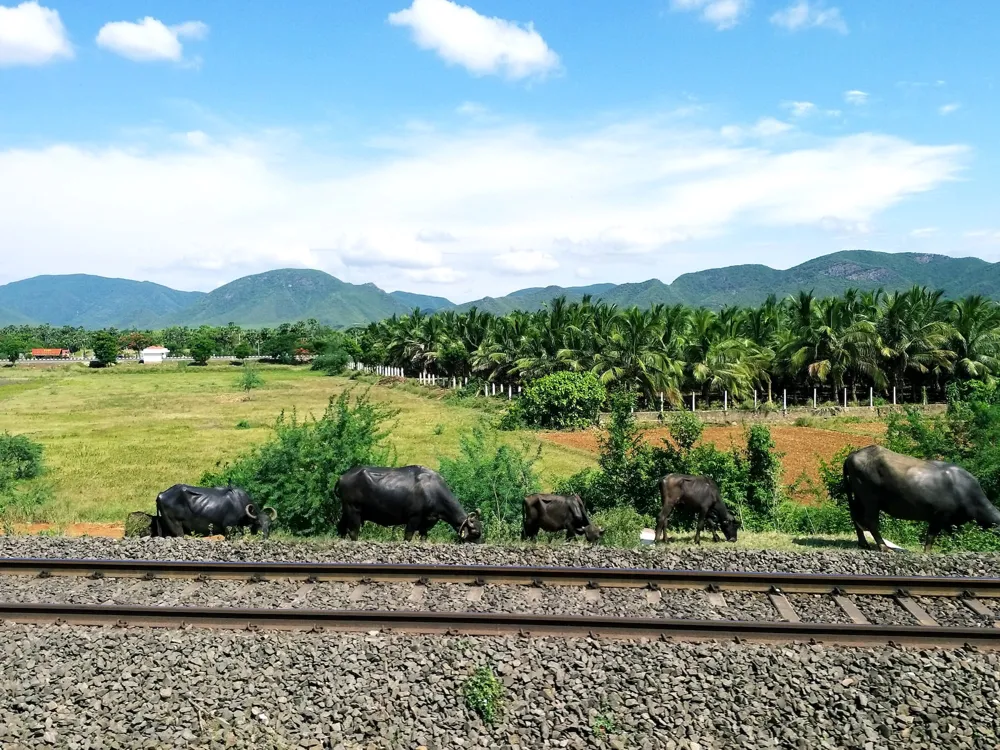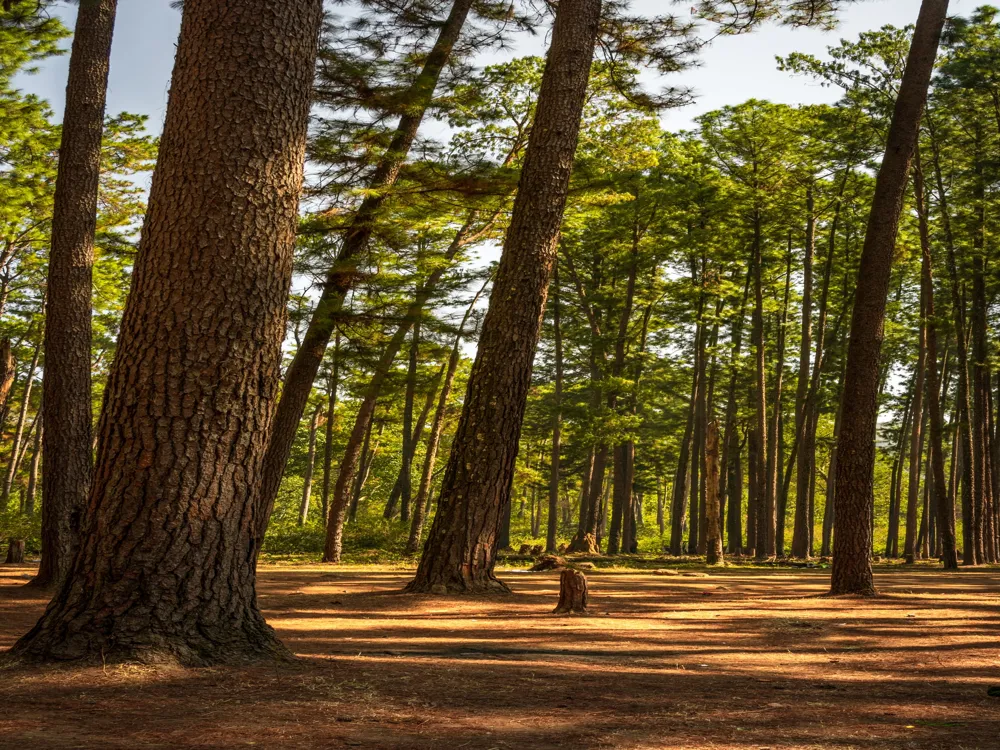The Borra Caves, nestled in the Ananthagiri hills of the Araku Valley in Visakhapatnam district, is a magnificent natural wonder. Estimated to be over 150 million years old, these limestone caves were discovered in 1807. The caves are famous for their breathtaking stalactite and stalagmite formations. This natural wonder is not just a tourist attraction but also a significant geological site, illustrating the natural sculpting power of water. The 'architecture' of Borra Caves is purely natural, shaped by the constant flow of underground water. The caves feature spectacular speleothems—structures formed by the deposition of minerals from water, such as stalactites hanging from the ceiling and stalagmites rising from the floor. The intricate patterns and formations within the caves are illuminated by artificial lighting, enhancing their beauty and showcasing the natural artistry over millennia. 1. Wear comfortable shoes as the terrain inside the caves can be slippery and uneven. 2. Carry a flashlight, although the caves are illuminated, some areas might be dimly lit. 3. Stay on the marked paths to ensure your safety and the preservation of the natural formations. 4. Be prepared for a bit of humidity inside the caves. 5. Photography is allowed, but be mindful of the lighting conditions. Borra Caves are accessible by road and rail. The nearest town is Araku Valley, which is about 29 kilometers from the caves. Visitors can drive to the caves from Visakhapatnam, which is approximately 90 kilometers away. The journey offers scenic views of the Eastern Ghats. Alternatively, one can take a train to Araku and then hire a taxi to the caves. The train journey is renowned for its picturesque route, passing through tunnels, hills, and valleys, providing a memorable experience to the visitors. Read More:Overview of Borra Caves of Visakhapatnam, Andhra Pradesh
Architecture of Borra Caves
Tips When Visiting Borra Caves
Click to see tips for visiting Borra Caves
How To Reach Borra Caves
Borra Caves
Visakhapatnam
Andhra Pradesh
NaN onwards
View visakhapatnam Packages
Weather :
Label : Must Visit
Tags : Cave
Timings : Monday to Sunday: 10:00 AM - 5:00 PM
Time Required : 2-3 Hours
Entry Fee : Adults: INR 40, Children: INR 30, Camera: INR 25
Photography : Allowed
Discovered in : 1807
Best Time to Visit : November - March
Planning a Trip? Ask Your Question
Visakhapatnam Travel Packages
View All Packages For Visakhapatnam
Top Hotel Collections for Visakhapatnam

Private Pool

Luxury Hotels

5-Star Hotels

Pet Friendly
Top Hotels Near Visakhapatnam
Other Top Ranking Places In Visakhapatnam
View All Places To Visit In visakhapatnam
View visakhapatnam Packages
Weather :
Label : Must Visit
Tags : Cave
Timings : Monday to Sunday: 10:00 AM - 5:00 PM
Time Required : 2-3 Hours
Entry Fee : Adults: INR 40, Children: INR 30, Camera: INR 25
Photography : Allowed
Discovered in : 1807
Best Time to Visit : November - March
Planning a Trip? Ask Your Question
Visakhapatnam Travel Packages
View All Packages For Visakhapatnam
Top Hotel Collections for Visakhapatnam

Private Pool

Luxury Hotels

5-Star Hotels

Pet Friendly











